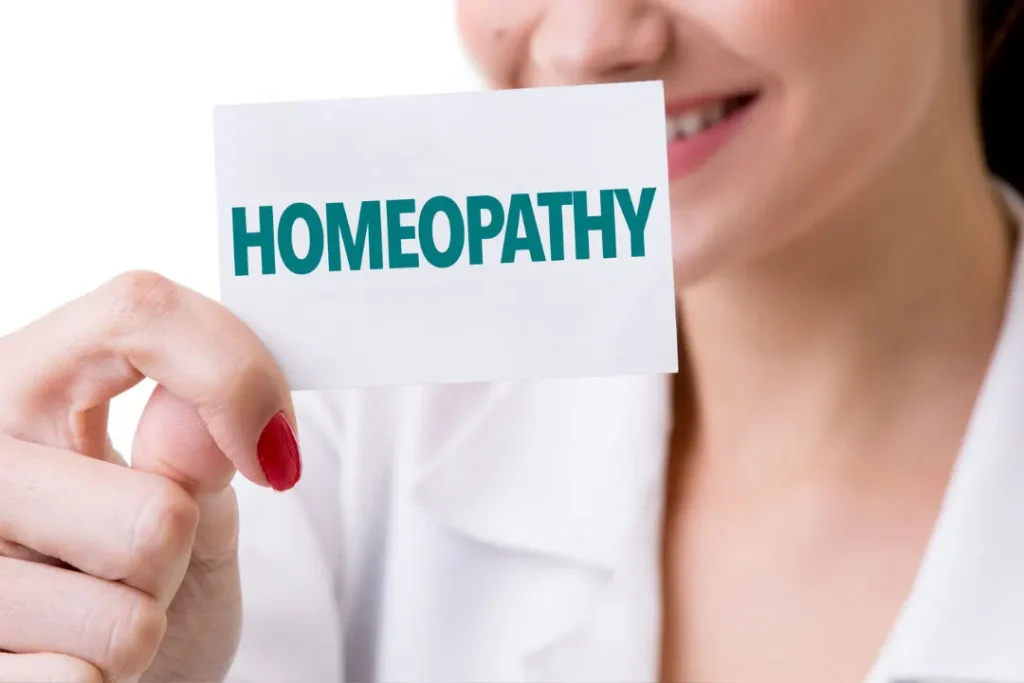Gelsemium sempervirens, often known as yellow jasmine, Woodbine, or Carolina jessamine, is the most common member of the genus of flowering plants in the Gelsemiaceae family called Gelsemium. Due to its numerous medicinal properties, this plant, which is native to subtropical and tropical America, has long been utilized in homeopathy and herbal therapy. Several health advantages have been linked to the prudent and regulated use of gelsemium despite its possible toxicity.
You May Also Like:
What is Non Restorative Sleep? Here are 5 Great Ways to Get Quality Rest Every Night
Galphimia Glauca: Benefits, Dosage, Side Effects, Drug Interactions, and Other Important Information
Gelsemium: Benefits, Dosage, Side Effects, Drug Interactions, and Other Important Information is an original (NootropicsPlanet) article.
Nature of Gelsemium
A twining vine known as Gelsemium sempervirens is distinguished by its fragrant yellow blossoms. Alkaloids including gelsemine, gelsenicine, and sempervirine are among the bioactive substances found in the plant’s many components, especially the root. These alkaloids provide gelsemium its medicinal properties, but they are also in charge of its potential toxicity.
Health Benefits of Gelsemium
Traditional medicine uses gelsemium to treat everything from fever and muscular spasms to pain and anxiety:
Gelsemium is a well-liked homeopathic medicine for anxiety management. It is used to treat anticipatory anxiety, which is worry or fear related to an upcoming event.
Gelsemium has been used to treat a variety of pains, such as headache, migraine, face discomfort, and pain brought on by a few neurological diseases.
Given its putative antipyretic qualities, gelsemium has historically been used to treat fever and flu-like symptoms.

Chemistry of Gelsemium
The abundance of several kinds of alkaloids found in Gelsemium sempervirens is widely recognized. A group of naturally occurring organic substances known as alkaloids mostly include basic nitrogen atoms.
A few related chemicals with neutral or even mildly acidic characteristics are also a part of this category. Alkaloids are another name for a few synthetic substances with a similar structure. The main alkaloids in gelsemium are sempervirine, gelsemicine, and gelsemine.
The main active alkaloid, gelsemine, is an indole alkaloid, which means it has an indole structural moiety as well as the amino acid tryptophan and the basic structural skeleton of many other alkaloids. Gelsemine may look structurally similar to strychnine, another indole alkaloid, yet the two have quite different pharmacological actions.
Physiological Mechanisms of Action of Gelsemium
The interaction of gelsemium’s alkaloid components, which makeup the majority of its pharmacological activities, with several neural receptors has been suggested. Glycine receptors, inhibitory neurotransmitter receptors found in the healthy central nervous system , have been demonstrated to bind to gelsemine in particular.
Gelsemine reduces neuronal excitability by increasing the inhibitory signals of these receptors after attaching to them. It is believed that this action is responsible for the anxiolytic (relieving anxiety) and analgesic (alleviating pain) benefits that gelsemium is known for. The varied pharmacological actions of the plant may also be facilitated by interactions between gelsemine and other alkaloids and other neuronal receptors and pathways.
Despite these revelations, it is still unclear how exactly gelsemium works physiologically, particularly the functions and interactions of the many alkaloids. Further research on gelsemium’s pharmacokinetics, which includes absorption, distribution, metabolism, and excretion, is essential given the possible toxicity associated with its usage in order to assure safe and effective use.

Optimal Dosage of Gelsemium
The original material (in this example, an extract from the gelsemium plant) is diluted several times over to create homeopathic potencies, which are frequently used to deliver gelsemium.
The choice of strength and dose frequency will depend on the exact ailment being treated, but common homeopathic dilutions include 6C, 30C, and 200C. Gelsemium should only be used under the supervision of a qualified health practitioner who is experienced with its use due to its possible toxicity.
Side Effects of Gelsemium
Gelsemium may have advantages, but because of its intrinsic toxicity, it should be handled with caution. A significant overdose may result in paralysis or even death, as well as side symptoms include breathing trouble, eyesight issues, and muscular weakness. Headache, vertigo, and dry mouth are examples of minor side effects. Due to these hazards, gelsemium should only be taken under a doctor’s supervision.

Potential Substance Interactions with Gelsemium
Gelsemium may interact with other medicines that likewise influence the nervous system because of how it affects the nervous system, such as sedatives or drugs for mental health issues. As a result, it’s critical to discuss your medicine and supplement use with a healthcare professional.
Best Responsible Use of Gelsemium
Despite having the potential to be poisonous, gelsemium has been utilized in homeopathy and conventional medicine for its analgesic, anxiolytic, and antipyretic properties.
You can utilize gelsemium safely and effectively by being aware of its characteristics, health advantages, potential adverse effects, and drug interactions. Even though the mechanical qualities of gelsemium are already understood, further study is still required to establish its potential health advantages.

Gelsemium:
Conclusion
Gelsemium sempervirens, or yellow jasmine, holds significant potential as a medicinal plant with various health benefits.
Its traditional use in homeopathy and herbal therapy for anxiety management, pain relief, and fever treatment is a defining character trait of the plant. However, you ought to exhibit abundant caution before and during use of gelsemium due to its potential toxicity, as it can lead to severe side effects or even death if taken in significant amounts. To ensure safe and effective use, it is crucial to follow a qualified health practitioner’s guidance, especially when used to a homeopathic extent.
References:
- Homeopathic Dilutions. Retrieved from: https://www.boironusa.com/info/
- Experimental neuropharmacology of Gelsemium sempervirens. Retrieved from:https://www.sciencedirect.com/science/article/pii/S0975947616305046
- Dose-effect study of Gelsemium sempervirens in high dilutions on anxiety-related responses in mice. Retrieved from: https://link.springer.com/article/10.1007/s00213-010-1855-2
Important Note: The information contained in this article is for general informational purposes only, and should not be construed as health or medical advice, nor is it intended to diagnose, prevent, treat, or cure any disease or health condition. Before embarking on any diet, fitness regimen, or program of nutritional supplementation, it is advisable to consult your healthcare professional in order to determine its safety and probable efficacy in terms of your individual state of health.
Regarding Nutritional Supplements Or Other Non-Prescription Health Products: If any nutritional supplements or other non-prescription health products are mentioned in the foregoing article, any claims or statements made about them have not been evaluated by the U.S. Food and Drug Administration, and such nutritional supplements or other health products are not intended to diagnose, treat, cure, or prevent any disease.


